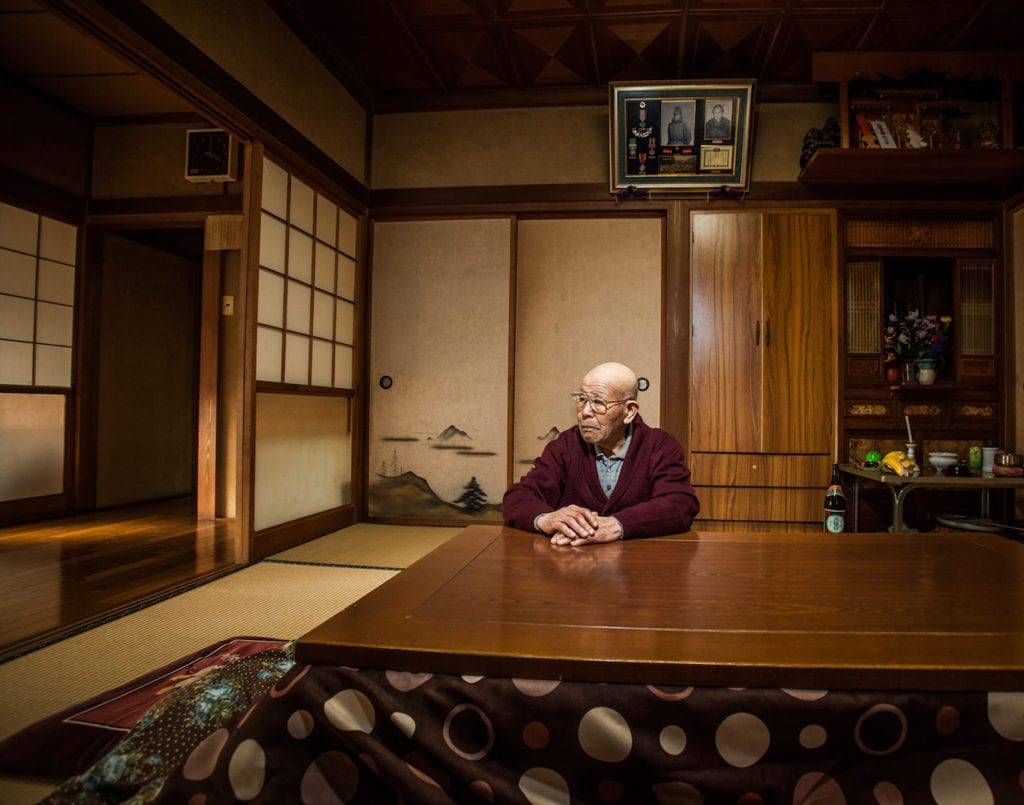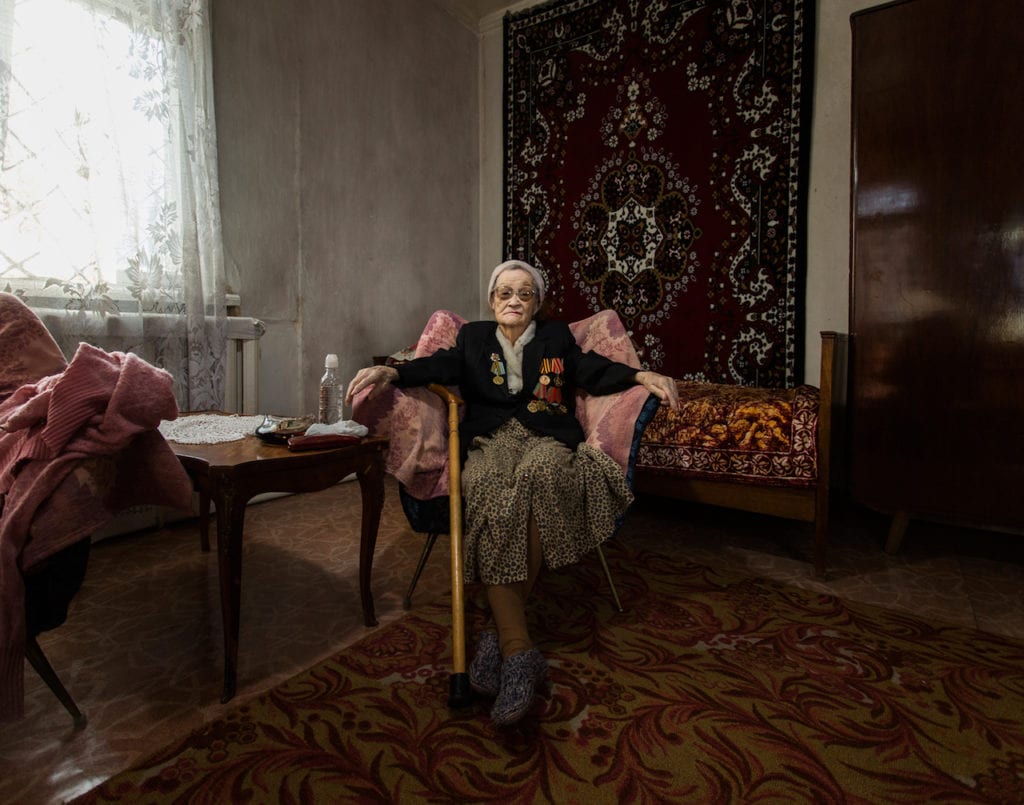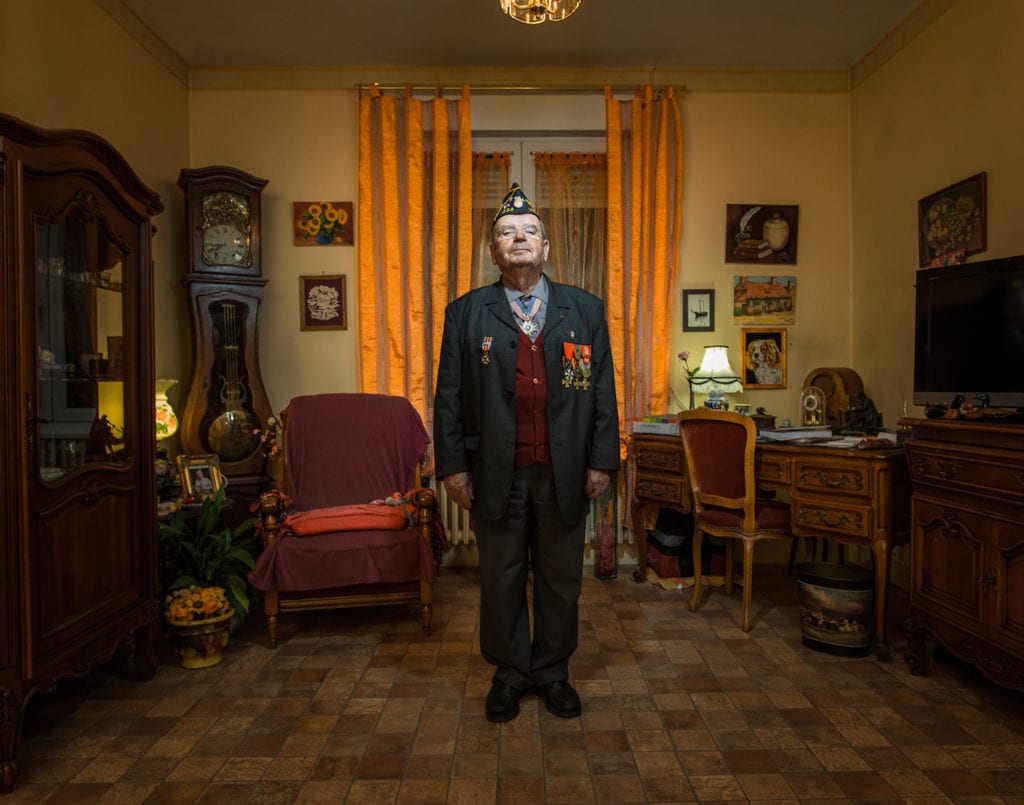Sasha Maslov is back in New York after travelling extensively around the world to shoot his recently-published photobook, Veterans. A portrait-based project, it’s a testament to one of the biggest events of the twentieth century, and the men and women who fought in it – the Second World War.
Veterans shows some of the conflict’s last surviving combatants, regardless of their original nationality or allegiances. In doing so, it aims to capturing the experience of a generation, beyond the partisan ties. “I was in Russia at the beginning of the project; I found a few veterans there, photographed them, and then photographed some in Ukraine,” says Maslov of its humble origins.
“Then I thought I would include five more countries, maximum, and that seemed crazy to me at that time. Then I started realising how many different movements, how many different sides and stories that conflict had, besides just what is common knowledge. Party movements, resistance movements, it was insane.”
As the project grew, Maslov needed help to find and locate the veterans and turned to local organisations, journalists and social media to track them down. It was not always a simple task, particularly as they are now so old. “Oftentimes, I would find [a veteran] and ask them about their comrades, and they would say ‘All my friends are dead now’,” he explains.
“In India, for example, I had immense trouble finding veterans. No one would help me, no one would answer emails or calls, until someone from one of the British organisations that helps Indian WW2 veterans who fought under the British crown helped me to establish contact. Once that contact came through, I had much better luck finding people there.”
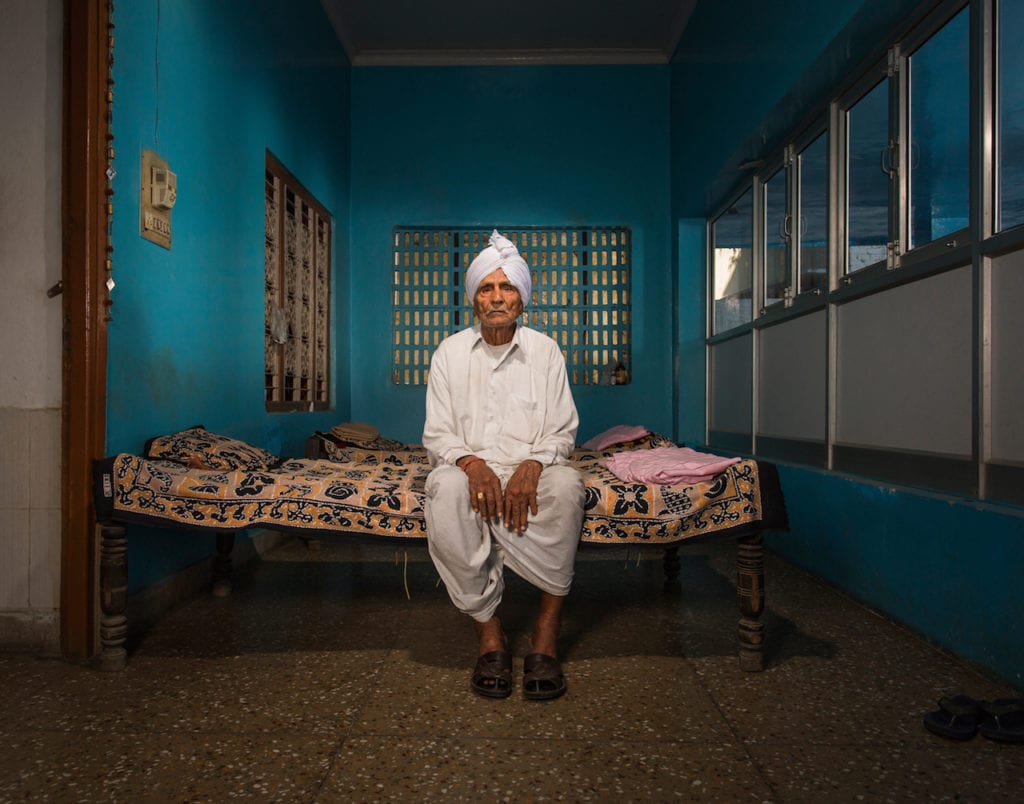
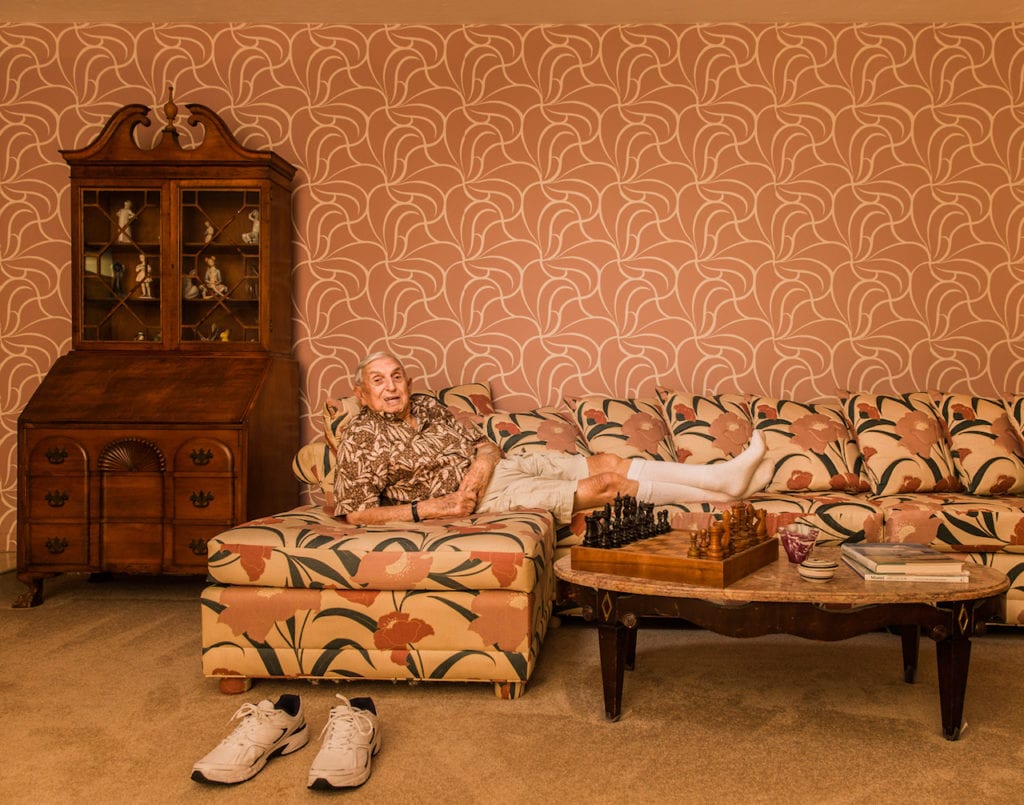
“The environments convey the message as much as the portraits themselves. We can tell so much about their lives, about their cultural background, about their ethnic background, sometimes about their habits. They also speak of the more peaceful side of their lives, there’s no more destruction, there’s no more violence. This is post-conflict. Putting things on shelves, organising their lives.”
Maslov also interviewed each subject – a process that often took two hours and was always “gut-wrenching” – and includes extracts from those conversations with each portrait. “It’s essential to have that text,” he says. “Just so people understand how deep and impactful that conflict was on the lives of others and the history of civilisation.”
Maslov’s photobook comes at a salient time, as many WW1 centenaries take place and as films such as Dunkirk hit the screens. But as our political rhetoric intensifies, it’s also taken on a more contemporary resonance, one which terrifies the photographer. Maslov’s family comes from Ukraine, and he says he’s noticed a marked turn for the worse over the six years he’s been shooting, both at home and back in the States.
“I’m afraid that looking at the world today, things are spinning out of control,” he says. “In my home country everything is turned upside down right now. It’s been feeling turbulent for a few years.
“The projects span over six years, and the world has changed so much. The last interview I conducted, which was last year, was with a holocaust survivor who was a Trump supporter. It was a very interesting and strange experience because, after the atrocities that they went through, it was hard for me to understand why they would support someone with a rhetoric like Trump’s.”
Maslov is now beginning a new portrait project on people who live and work along the Mexico-US border, but says he’d love to think that politicians might read Veterans, and take heed of the message it delivers. Sadly, he also believes there’s little chance of it.
“I’m afraid that the people who should be reading these stories, and thinking about the scale of the catastrophes that conflict bring, will never do so,” he says. “They have such a different mindset.”
Veterans is published by Princeton Architectural Press. https://sashamaslov.com/
